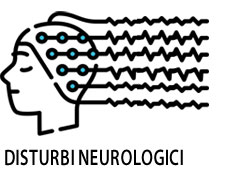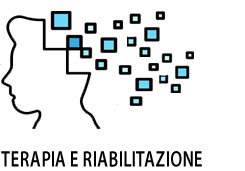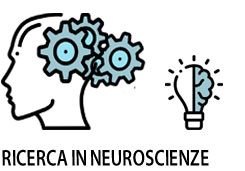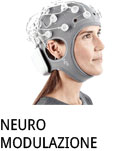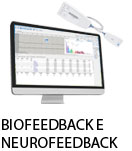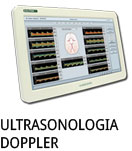- +39 011 5821948
- info@geasoluzioni.it
- Lun - Ven 8:00 - 17:30
Pubblicazioni
Opportunities for Guided Multichannel Non-invasive Transcranial Current Stimulation in Poststroke Rehabilitation
- Abstract:
- Stroke is a leading cause of serious long-term disability worldwide. Functional outcome depends on stroke location, severity, and early intervention. Conventional rehabilitation strategies have limited effectiveness, and new treatments still fail to keep pace, in part due to a lack of understanding of the different stages in brain recovery and the vast heterogeneity in the poststroke population. Innovative methodologies for restorative neurorehabilitation are required to reduce long-term disability and socioeconomic burden. Neuroplasticity is involved in poststroke functional disturbances and also during rehabilitation. Tackling poststroke neuroplasticity by non-invasive brain stimulation is regarded as promising, but efficacy might be limited because of rather uniform application across patients despite individual heterogeneity of lesions, symptoms, and other factors. Transcranial direct current stimulation (tDCS) induces and modulates neuroplasticity, and has been shown to be able to improve motor and cognitive functions. tDCS is suited to improve poststroke rehabilitation outcomes, but effect sizes are often moderate and suffer from variability. Indeed, the location, extent, and pattern of functional network connectivity disruption should be considered when determining the optimal location sites for tDCS therapies. Here, we present potential opportunities for neuroimaging-guided tDCS-based rehabilitation strategies after stroke that could be personalized. We introduce innovative multimodal intervention protocols based on multichannel tDCS montages, neuroimaging methods, and real-time closed-loop systems to guide therapy. This might help to overcome current treatment limitations in poststroke rehabilitation and increase our general understanding of adaptive neuroplasticity leading to neural reorganization after stroke.
- Patologie/Applicazioni:
- Anno:
- 2016
- Tipo di pubblicazione:
- Articolo
- Parola chiave:
- stroke; afasia; neuromodulazione
- Testata scientifica:
- Frontiers in Neuroscience
- DOI:
- 10.3389/fneur.2016.00021
La nostra storia
GEA soluzioni si affaccia nel 2013 al mercato della strumentazione medicale di alto livello tecnologico ma la sua storia parte da più lontano, clicca qui per approfondire.
GEA SOLUZIONI SRL
via Issiglio 95/10, Torino
Tel.: 011 5821948 / 011 4463853
Fax: 011 0433281
Email: info @ geasoluzioni.it
P. IVA IT11696920013
REA TO1233648

